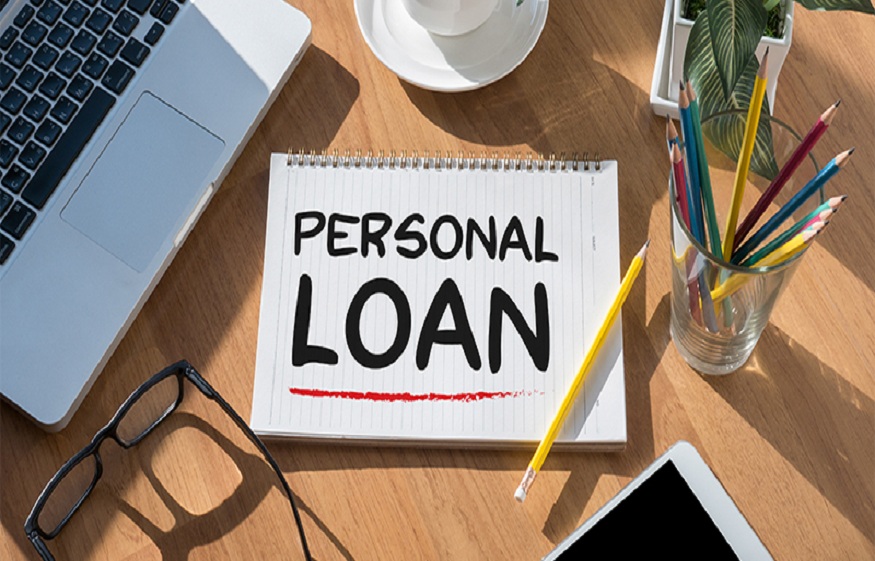When you’re looking at finance options, you’ll frequently hear the terms secured loan and unsecured loan. These two types are vastly different in terms of eligibility, risk, expense, and ease of approval. Knowing the differences can make you a wiser consumer, reduce risk, and increase your borrowing strategy.
What is a Secured Loan?
A secured loan is collateralized – this means you pledge a property or an asset of yours to the lender as security in case of default. Typical examples are home loans (property as security), car loans (car as collateral), and loans against fixed deposits or gold.
Key features are:
- Lower interest rates due to reduced risk for lenders.
- Higher loan value and longer repayment periods.
- Strict eligibility and documentation; the asset must be owned by the borrower and free of disputes.
- If you fail to repay, the lender has the right to seize the pledged asset and recover the dues.
Secured loans are excellent for big-ticket purchases, like a house or car, and for situations where you have considerable assets but want access to affordable borrowing.
What is an Unsecured Loan?
An unsecured loan has no collateral requirement. Common examples include personal loans, credit cards, education loans (in certain instances), and business loans.
Major characteristics:
- Faster processing and easier documentation procedures.
- Higher interest rates compared to secured loans, as a result of the higher risk taken by the lender.
- Lower tenure and loan amounts.
- Lender relies on your history of credit and income for approval.
- Risk to borrower is confined to credit rating; defaults mean bad credit but do not directly jeopardize assets.
Unsecured loans are a more suitable option for emergencies, minor purchases, critical personal requirements, and people who don’t have valuable assets to pledge.
Secured Loan and Unsecured Loan: Head-to-Head Differences
It is essential to get a good grasp of the many secured loan and unsecured loan differences prior to making any decisions when it comes to your borrowing.
| Feature | Secured Loan | Unsecured Loan |
| Collateral | Mandatory (property, car, FD, etc.) | Not required |
| Interest Rate | Lower | Higher |
| Approval Process | Longer; asset evaluation required | Quicker; based on income, credit |
| Loan Amount | Higher | Generally lower |
| Tenure | Can be extended (up to 20 years) | Shorter (1–5 years typical) |
| Risk | Asset at risk if you default | Damage to credit score |
| Common Uses | Home/car loans, loan against gold/FD | Personal loan, credit cards |
| Documentation | Extensive | Minimal |
| Eligibility | Asset ownership and clean title | Good credit history, income proof |
When Should You Choose a Secured Loan?
A secured loan is your best bet if:
- You need a large sum for a long-term purpose (like buying property).
- You want lower interest rates and comfortable EMIs.
- You own assets that can be pledged without financial stress.
- You want access to bigger loan limits with longer repayment horizons.
When is an Unsecured Loan Better?
Opt for unsecured loans when:
- You need quick approval and disbursal – say, for a medical emergency.
- Your need is short-term or smaller, and you don’t want to risk assets.
- You have a steady income and good credit history.
- Simpler paperwork and less waiting fit your requirement.
For fast, paperless borrowing, an unsecured loan can be a lifesaver – especially for young professionals, salaried employees, and small business owners.
What Are the Risks of Each Type?
Either financing option does have its own share of potential risks and challenges.
- Secured loan: Risk of losing your property if you are not able to repay. Interest rates and EMI are, however, more affordable for long-term planning.
- Unsecured loan: The biggest risk is credit loss if you default – future loans or credit cards becoming more difficult to get.
Compare your priorities and reach before deciding.
Blending Secured and Unsecured Loans
Most Indian borrowers use both types of loans. For instance, you could have a secured home loan on your property and an unsecured personal loan as a precautionary measure. Always keep your payments up-to-date and don’t over-borrow.
Tips:
- Compare lenders for the best deal based on your asset, income, and credit profile.
- Check hidden charges, processing fees, foreclosure rules, and prepayment options.
- Maintain a positive repayment record to improve future loan eligibility.
Applying for a Loan
Whether you’re applying for a secured or unsecured loan, documentation is key. Prepare the following:
- KYC details (Aadhaar, PAN, address proof)
- Income proof (salary slips, IT returns)
- Asset documents (for secured loans)
- Credit score details (for unsecured loans)
A robust application increases your approval odds and speeds up disbursal.
For seamless loan applications, Choose a bank which offers tailored secured and unsecured loan products with competitive rates and digital platforms for easy tracking.
Conclusion
Both secured and unsecured loans serve as valuable financial tools for Indian borrowers, depending on their needs and circumstances. A secured loan is best suited for long-term, high-value goals such as purchasing a home, funding business expansion, or covering education costs, provided you have assets to pledge. On the other hand, an unsecured loan works well for short-term needs or emergencies without putting your collateral at risk.
If you’re looking for quick funds without pledging assets, you can easily apply for personal loan online and get hassle-free approval.

